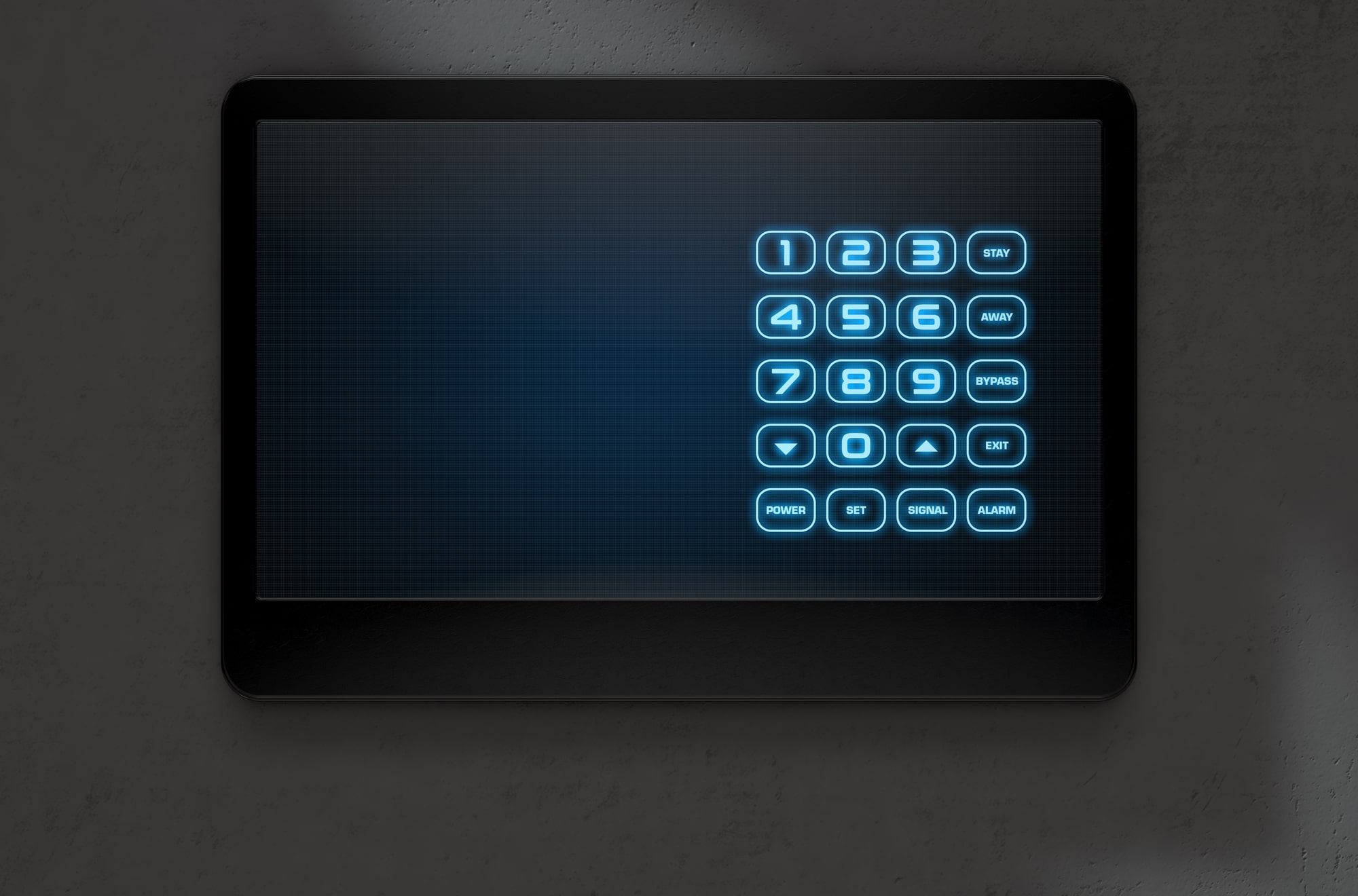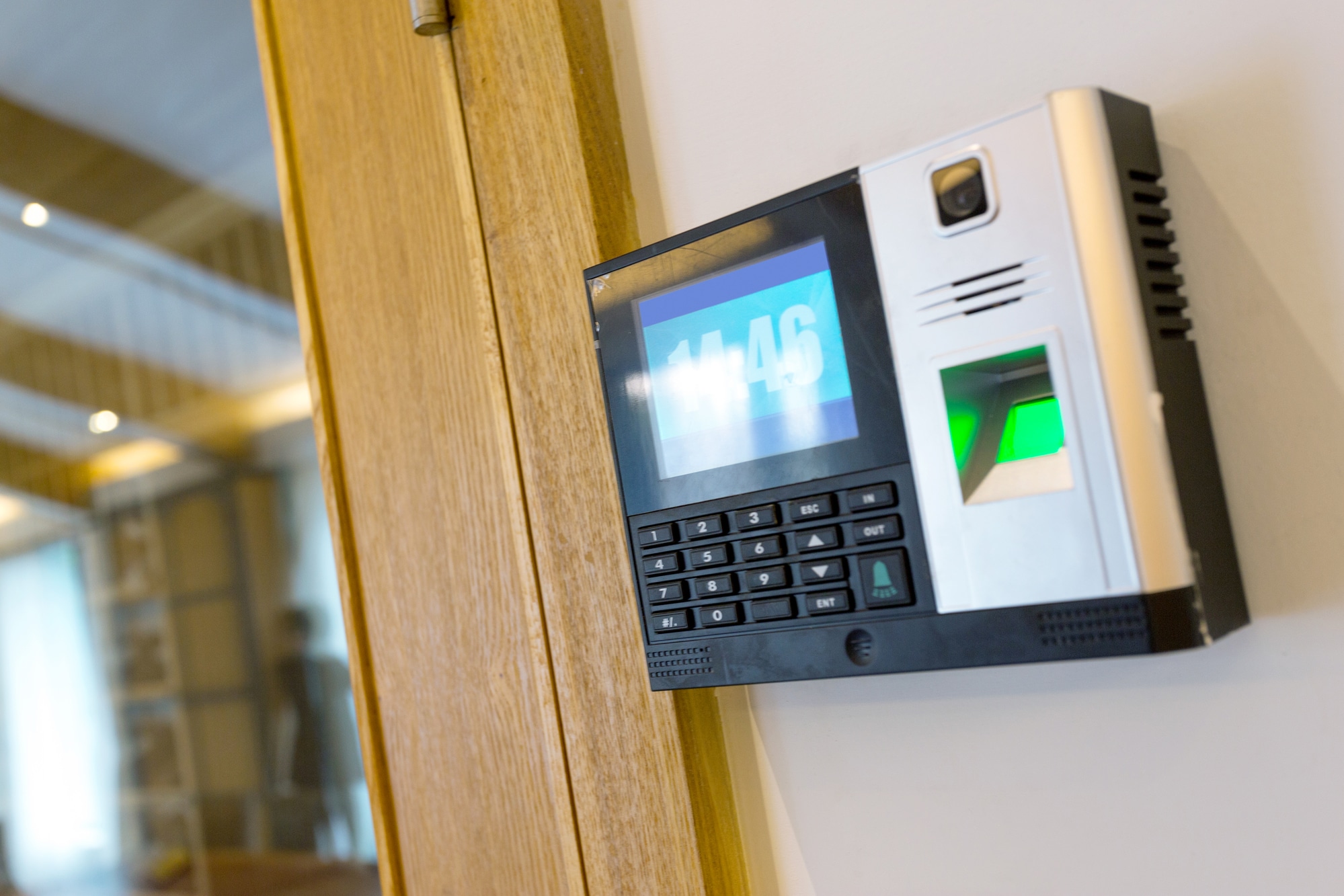
In the labyrinth of modern security strategies, access control systems stand as a crucial linchpin, safeguarding the physical and digital gateways to countless businesses and institutions. As these systems evolve, becoming more sophisticated and integrated, the importance of their proper implementation cannot be overstated. The effectiveness of an access control system lies not just in its technological capabilities but also in how well it is adapted to the specific needs and context of its environment.
However, the road to a secure and efficient access control system is often strewn with potential pitfalls. Common mistakes in implementation, maintenance, or integration can not only diminish the effectiveness of these systems but also inadvertently create new vulnerabilities. Such errors can stem from a myriad of factors – from underestimating the system’s scalability to neglecting essential training for staff, or from failing to conduct regular system audits to compromising on system quality for cost savings.
As reliance on these systems intensifies across various sectors, the stakes for getting it right have never been higher. A misstep can lead to significant security breaches, data privacy issues, and operational disruptions. This blog post aims to shed light on the most common mistakes businesses make when it comes to their access control systems. By exploring these pitfalls, we seek to guide you through the intricate process of securing your premises with an effective access control strategy, ensuring that your system not only meets your current needs but is also poised to adapt to future challenges.
Let’s explore the mistakes to avoid with access control systems, and learn how to sidestep these common errors.
Mistakes to Avoid With Access Control Systems
Overlooking System Scalability
One of the first and most critical mistakes to avoid when implementing an access control system is disregarding its scalability. As businesses grow and evolve, so do their security needs. Here’s why scalability should be a top consideration:
- Future Growth: Choose a system that can grow with your business. A scalable system can handle an increasing number of users, doors, and access points without the need for a complete overhaul.
- Flexibility for Changes: Business needs change over time. A scalable system allows for modifications, such as adding new features or integrating new technologies, without significant disruptions.
- Cost-Effectiveness: Investing in a scalable system may have higher upfront costs, but it is more cost-effective in the long run. It eliminates the need for frequent replacements and reduces the total cost of ownership.
Avoid the mistake of choosing a system based solely on current needs. Instead, consider your long-term goals and how your access control system can adapt to future changes.
Neglecting User Training and Awareness
A robust access control system is only as effective as the people who use it. Neglecting user training and awareness can lead to security lapses, regardless of how advanced the system is:
- Proper Usage: Training ensures that all users understand how to properly use the access control system. Lack of understanding can lead to accidental breaches, such as tailgating or sharing access credentials.
- Security Best Practices: Regular training sessions should also cover broader security protocols. Users need to be aware of how their actions can impact overall security.
- Responding to Breaches: In the event of a security breach, trained staff will be more prepared to respond appropriately, minimizing potential damages.
- Creating a Security Culture: Continuous awareness programs help foster a culture of security within the organization. When security is ingrained in the company culture, it becomes a shared responsibility, strengthening the overall efficacy of the system.
Training and awareness are not one-time events but ongoing processes. Regular updates and refreshers are essential to keep up with new threats and system updates.
Inadequate Integration with Other Security Systems
Integrating your access control system with other security measures is essential for a comprehensive security strategy. Failing to do so can lead to significant gaps in protection:
- Holistic Security Approach: An integrated system where access control works in tandem with surveillance cameras, alarm systems, and other security measures creates a more robust security network. This integration allows for coordinated responses to security events.
- Data Correlation: Integration allows for the correlation of data across different systems. For instance, an access card being used can be cross-referenced with surveillance footage to verify the identity of the user.
- Efficiency in Monitoring and Response: Integrated systems streamline the monitoring process and quicken the response to security breaches. For example, an unauthorized access attempt can trigger an immediate alert to the security team and activate surveillance cameras in the area.
- Future Flexibility: A system that integrates well with other technologies also offers flexibility for future technological advancements and additions.
Inadequate integration can lead to disjointed security efforts, reducing the effectiveness of each individual system. Ensuring seamless integration not only enhances security but also improves operational efficiency.
Failing to Regularly Update and Maintain the System
Regular updates and maintenance are the lifeblood of an effective access control system. Neglecting these aspects can leave your system vulnerable and inefficient:
- Security Patch Updates: Like any technology, access control systems are subject to vulnerabilities. Regular software updates, which often include security patches, are crucial to protect against emerging cyber threats.
- Maintaining Hardware Integrity: Physical components of the system, such as card readers and door locks, require regular maintenance to ensure they function correctly and remain reliable.
- System Health Checks: Regular check-ups can identify potential issues before they become significant problems, reducing the likelihood of system failures that could compromise security.
- Adapting to Changing Needs: Maintenance periods are also opportunities to reassess and adjust configurations to align with any changes in your organization’s layout or security needs.
A well-maintained system is less likely to fail and more likely to provide the level of security it was designed to deliver. Regular updates and maintenance are investments in the longevity and effectiveness of your access control system.

Compromising on Quality for Cost
While budget constraints are a reality for any business decision, prioritizing cost savings over quality in access control systems can lead to costly long-term consequences:
- Reliability Concerns: Cheaper systems might save upfront costs but could lack reliability. Frequent breakdowns or malfunctions can compromise security and result in higher costs for repairs and replacements.
- Limited Features: Lower-cost systems may not offer the range of features necessary for comprehensive security. Essential features like biometric authentication or integration capabilities might be absent or limited.
- Vulnerability to Threats: Cheaper systems might not have robust security measures, making them more vulnerable to hacking and other security threats. This could endanger sensitive company data and the safety of physical assets.
- Shortened Lifespan: Inexpensive systems often have a shorter lifespan, requiring more frequent replacements compared to investing in a higher-quality, more durable system.
Investing in a quality access control system is not just a security decision; it’s a business decision. The right system can offer greater reliability, advanced features, and better long-term value, ultimately saving money and enhancing security.
Ignoring Physical Security Measures
While access control systems are a vital part of a security strategy, they should not be the sole focus. Ignoring additional physical security measures can undermine even the most sophisticated systems:
- Reinforcing Physical Barriers: Effective security often requires multiple layers. Reinforcing entry points with physical barriers like reinforced doors, gates, or turnstiles can deter unauthorized access.
- Environmental Design: Consider the design of the physical environment. Good lighting, clear visibility of entry points, and the elimination of hiding spots can enhance security.
- Signage and Deterrents: Visible signs indicating the presence of security measures can act as deterrents. Sometimes, the indication of a secured area is enough to discourage potential intruders.
- Emergency Procedures: Physical security also involves planning for emergencies. Ensure that access control systems have provisions for emergency exits and that these are clearly marked and accessible.
Incorporating physical security measures alongside electronic access control systems creates a more comprehensive and effective security strategy. It’s about creating a security ecosystem where different elements work in concert to protect your premises.
Not Planning for Emergency Situations
Effective access control systems must be resilient and adaptable, especially in emergency situations. Failing to plan for these scenarios can have grave consequences:
- Emergency Access: Ensure that your access control system has provisions for emergency situations, such as fires or natural disasters. This includes quick unlocking mechanisms or integration with fire alarm systems to allow for safe and swift evacuation.
- Power Failures: In the event of a power outage, your system should still function effectively. This can be achieved through backup power sources, such as generators or battery backups, ensuring that security is maintained even during power failures.
- Fail-Safe and Fail-Secure Settings: Understanding and correctly implementing fail-safe (doors unlock in an outage) and fail-secure (doors remain locked in an outage) settings is crucial. The choice depends on the nature of the area being secured and the potential risks involved.
- Regular Drills and Training: Conduct regular emergency drills and training sessions for staff. Familiarity with emergency protocols ensures that everyone knows how to react in crisis situations, minimizing panic and confusion.
Inadequate planning for emergencies can undermine the primary function of your access control system – to provide security while ensuring safety. A comprehensive emergency plan is an integral part of any effective access control strategy.
Lack of Regular Audits and Reviews
Regular audits and reviews are essential for ensuring that an access control system remains effective and aligned with the evolving security needs of an organization. Neglecting this practice can lead to outdated or inefficient security protocols:
- Identifying Gaps: Regular audits help identify any gaps or weaknesses in the system. This could include areas where access is not properly controlled or where the system does not meet current operational requirements.
- Adapting to Changes: Businesses evolve, and so do their security needs. Regular reviews ensure that the access control system is updated to reflect changes in the organization, such as new departments, employee turnover, or physical expansions.
- Compliance Checks: Regular audits are also vital for ensuring compliance with any legal or regulatory requirements related to security and data protection.
- Technology Updates: As technology advances, newer and more efficient solutions become available. Regular reviews allow businesses to stay informed about these advancements and consider upgrades where necessary.
Without regular audits and reviews, an access control system can become a liability rather than an asset. These practices ensure that the system remains robust, relevant, and aligned with the specific needs of the business.
Final Thoughts and Next Steps
 In an increasingly interconnected world, the importance of robust access control systems cannot be overstated. Whether it’s protecting your physical assets or securing digital information, Dynamic Network Solutions offers a range of solutions designed to meet the unique security requirements of various industries. From traditional card readers to advanced biometric systems, their offerings are both comprehensive and customizable.
In an increasingly interconnected world, the importance of robust access control systems cannot be overstated. Whether it’s protecting your physical assets or securing digital information, Dynamic Network Solutions offers a range of solutions designed to meet the unique security requirements of various industries. From traditional card readers to advanced biometric systems, their offerings are both comprehensive and customizable.
Next Steps:
- Assess Your Needs: Before you can implement an effective access control system, you need to know what you’re protecting and why. Perform a security audit to identify vulnerabilities and determine the level of security required.
- Consult the Experts: Reach out to LogicFortress for a consultation. Their team of experts will guide you in choosing the right access control system that aligns with your needs and budget.
- Implementation and Training: Once you’ve selected a system, the next steps include installation, configuration, and training. Ensure that all stakeholders are familiar with how to use the new system effectively.
- Stay Updated: Security threats are ever-evolving. Keep your systems updated and conduct regular security audits to ensure that your access control measures are always one step ahead of potential threats.
By taking these steps, you can significantly enhance the security of your business and ensure that your assets—both physical and digital—are well-protected.




